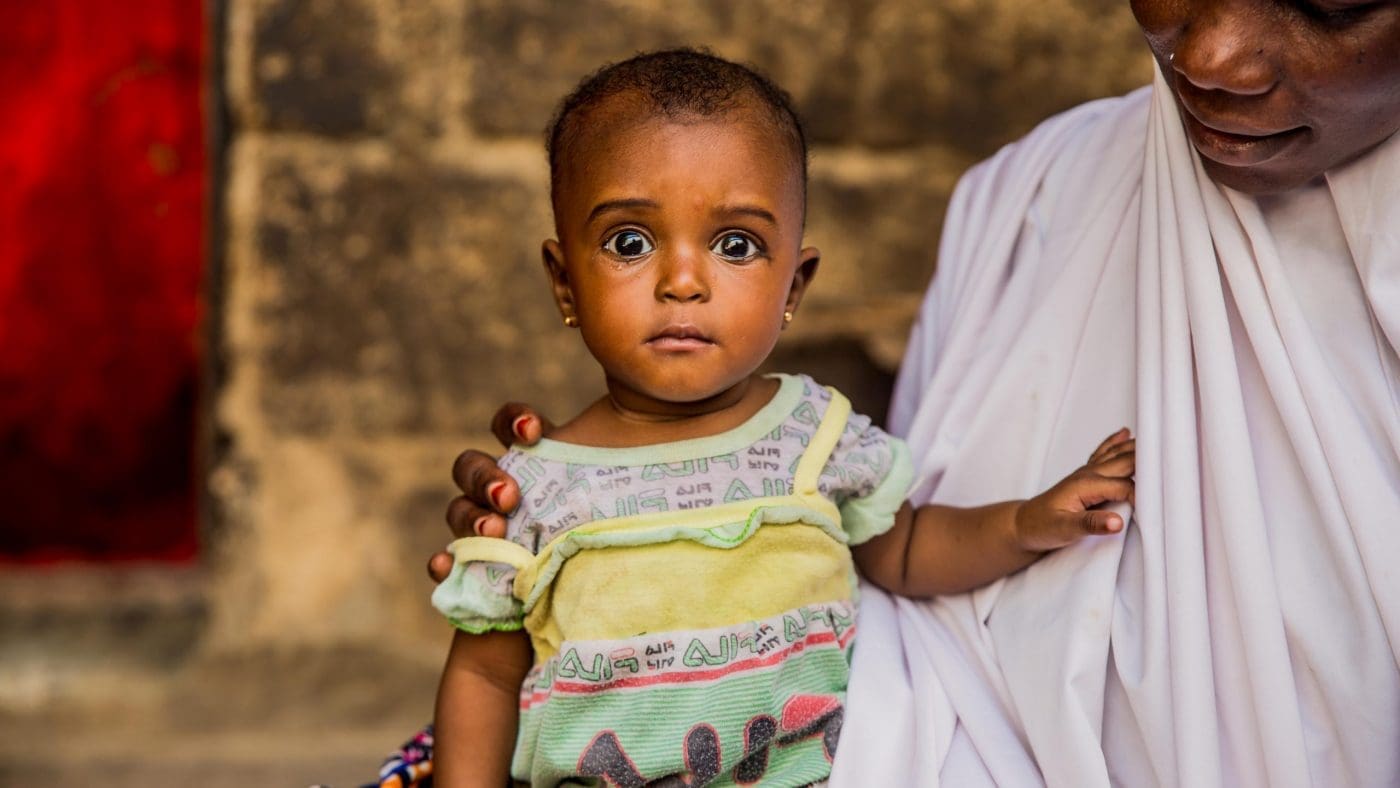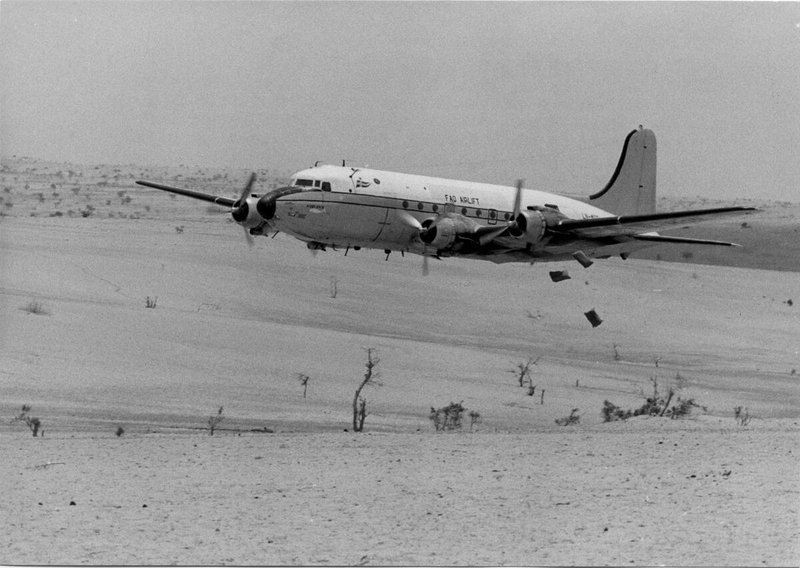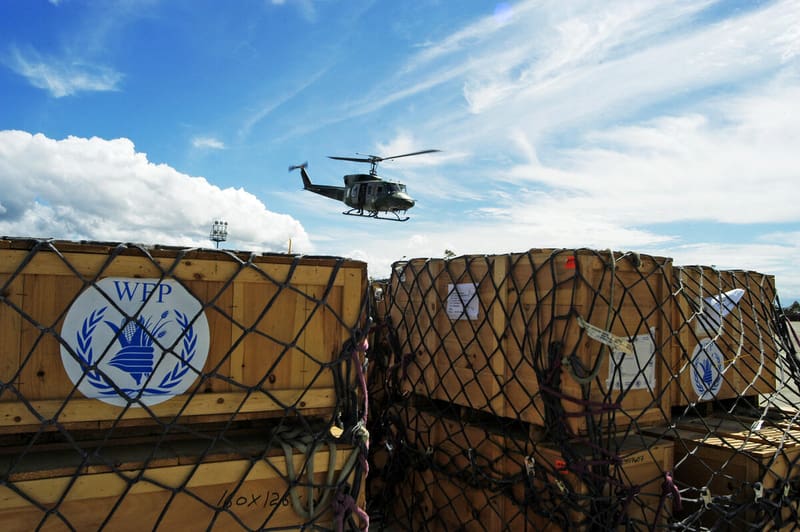
Fight Famine
Feed Families
Famine is deadly and entirely preventable. Today, millions of people could starve without immediate assistance. We’ve prevented famine before, and with your help we can prevent it again.
ON THE BRINK OF CATASTROPHE
Famine is the most disastrous form of prolonged, widespread hunger. Fueled by conflict, the climate crisis, COVID-19 and rising costs, this severe level of hunger could soon become a reality for millions of people.
People are on the brink of starvation or worse worldwide
Places in the world – South Sudan and Gaza – are expected to face the worst level of hunger
People are expected to face catastrophic hunger this year
Six Decades of Fighting Famine

Late 1960s
Nigeria
WFP has been at the forefront of global famine response since it was founded nearly 60 years ago. In the wake of Nigeria’s civil war, the Nigerian government requested WFP and FAO’s assistance to support vulnerable groups affected by the conflict. WFP distributed corn and wheat flour, dried skim milk, butter, oil, dried fish and eggs.

1970s
Western Sahel
When famine hit the western Sahel in the early 1970s, WFP led the first airdrop of emergency humanitarian relief from the UN and used every tool at its disposal to assist those in need. From cars and camels to roads and rivers, WFP deployed its supply chain to distribute more than 57,000 metric tons of food to Burkina Faso, Mauritania, Niger, Senegal, Mali and Chad.

1984
Ethiopia
In 1984, Ethiopia suffered its worst famine in 100 years and sparked a global response with events like Live Aid and Band Aid. WFP delivered 2M tons of food over two years.

1989
Southern Sudan
In 1989, “Operation Lifeline Sudan” was launched by a group of UN agencies and 40 non-governmental organizations in response to the outbreak of civil war that threatened millions of lives. WFP staged the biggest humanitarian airdrop in history with 20 cargo aircraft.

1995
Democratic People’s Republic of Korea (DPRK)
The DPRK faced famine in 1995 after years of flooding destroyed crops and infrastructure. WFP began shipping food aid and provided relief assistance to hospitals, orphanages and kindergartens to reach the most vulnerable children.

2011
Somalia
Famine was triggered in Somalia in 2011 by drought and intensified conflict. Within one year, WFP fed 1.5M people as part of a broad Horn of Africa emergency response plan. “Somalia is probably the most dangerous environment in which we are operating today, but people are dying,” said former WFP Executive Director Josette Sheeran.






WFP’s Famine Response
The U.N. World Food Programme is there before, during and after famine strikes to send a lifeline and provide food.

Before famine strikes, WFP uses its presence in the field, innovation and technology to identify, anticipate and warn the world of the threat of famine.


At every stage of famine, WFP harnesses its logistics and supply chain capabilities to move huge quantities of food to where they’re most needed.


To avert the threat of famine, WFP works around the clock to provide food, nutrition and cash-based assistance to the world’s most vulnerable people.

Preventing Famine is a Choice
Help save lives today
There’s no place for famine in the 21st century. Support our lifesaving efforts and help us fight famine by making a donation today.